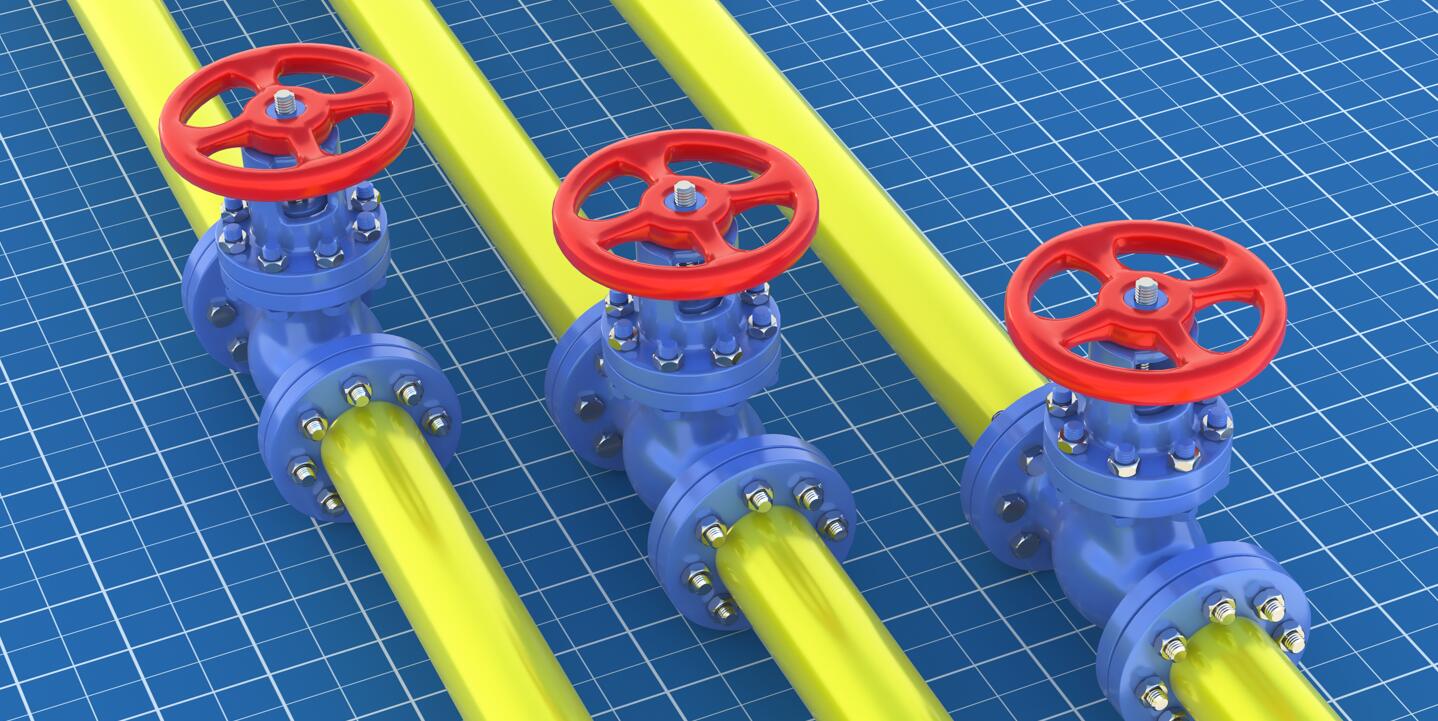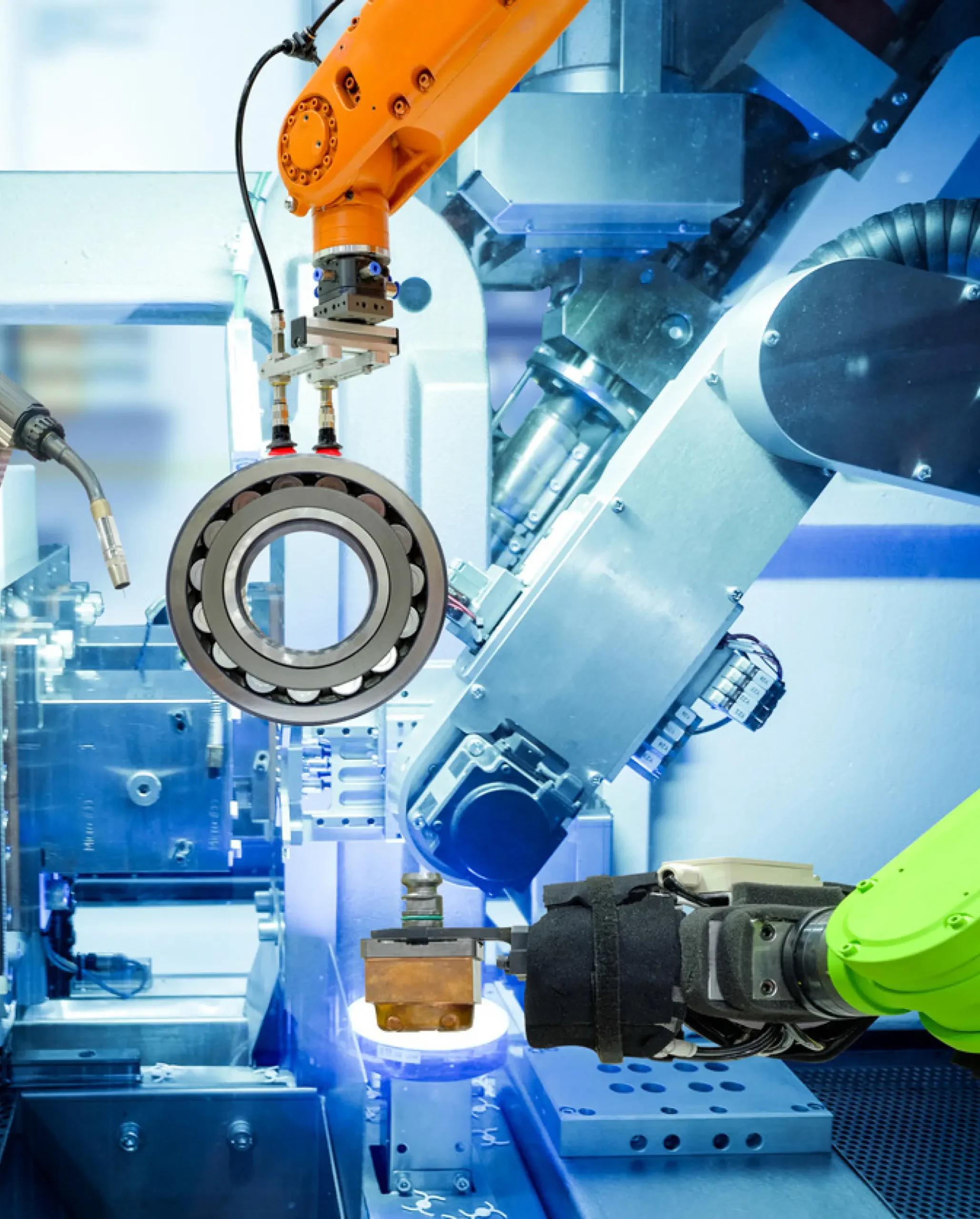Gas valves, as important components in the industrial and commercial fields, have a profound impact on our lives. However, we often overlook the impact of these devices on the environment. In this article, we will delve into the environmental impact of gas valves and focus on their role in reducing gas leakage, reducing carbon emissions, and improving energy efficiency.

The importance of gas valves
Firstly, let’s understand the role of gas valves in various industrial and commercial applications. Gas valves are key components used to control gas flow. They can open, close, or regulate gas flow to maintain the normal operation of the system. Gas valves are widely used in fields such as oil and natural gas production, chemical engineering, electric power generation, heating and cooling systems. However, if these valves are not properly managed, they may lead to gas leakage, energy waste, and environmental issues.
Reduce gas leakage
Hazards of valve leakage
Gas leakage is an important issue with gas valves. Leaks not only lead to resource waste, but may also pose a threat to the environment and health. Common leakage gases include methane, ammonia, nitrogen oxides, and volatile organic compounds (VOCs). These gases not only have a greenhouse effect on the atmosphere, but may also have harmful effects on ecosystems and human health.
Environmentally Friendly Design of Gas Valves
In order to reduce gas leakage, the design and manufacturing of gas valves need to consider the following aspects:
1. Sealing performance
Gas valves must have excellent sealing performance to ensure that gas cannot leak when closed. The use of high-quality sealing materials and designs can reduce the risk of leakage.
2. Emergency shutdown device
Gas valves should be equipped with emergency shutdown devices to quickly close the valve when leakage or other hazardous situations are detected, reducing the duration of the leakage.
3. Leakage detection system
Use a gas leak detection system to monitor the gas concentration around the valve. This can detect leaks early and take appropriate measures to respond.
Reduce carbon emissions
Gas valves and carbon emissions
Gas valves play an important role in reducing carbon emissions. Carbon emissions are one of the main causes of climate change, so reducing carbon emissions is crucial for protecting the Earth’s ecosystem.
Energy efficiency and gas valves
The energy efficiency of gas valves is closely related to carbon emissions. An efficient valve can reduce energy waste and carbon emissions. The following are methods to improve the energy efficiency of gas valves:
1. Efficient design
The use of highly efficient gas valves can reduce energy consumption within the valve. For example, reducing flow resistance, reducing leakage, and improving adjustment accuracy.
2. Automation control
Integrating gas valves with automated control systems can accurately control gas flow according to demand, avoiding unnecessary waste.
3. Regular maintenance
Regularly maintain gas valves to ensure their normal operation. Maintenance includes cleaning, lubrication, and component replacement, which can improve valve performance and energy efficiency.
Improving energy efficiency
Gas valves and energy efficiency
The energy efficiency of gas valves directly affects the overall energy efficiency of the system. By improving the design and operation of gas valves, energy consumption can be reduced.
Energy saving valve technology
By adopting advanced technologies and materials, the energy-saving performance of gas valves can be improved:
1. Low resistance design
Valves designed with low resistance can reduce energy loss when fluid passes through the valve, thereby reducing energy consumption.
2. Efficient sealing
An efficient sealing system can reduce leakage and ensure that gas does not leak when the valve is closed, thereby improving energy efficiency.
3. Optimized control strategy
By adopting an intelligent control strategy and dynamically adjusting the valve opening according to demand, unnecessary energy consumption can be reduced.
conclusion
Gas valves play a crucial role in reducing gas leakage, reducing carbon emissions, and improving energy efficiency. By adopting environmentally friendly design, emergency shutdown devices, leak detection systems, and energy-saving valve technology, we can minimize the negative impact of gas valves on the environment while achieving more sustainable industrial and commercial operations. This process requires collaboration between manufacturers, operators, and the government to ensure that our gas valve system maximizes environmental protection and creates a cleaner and healthier future.





